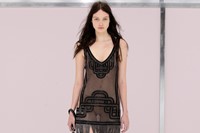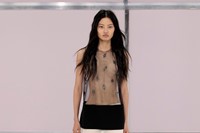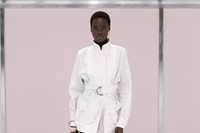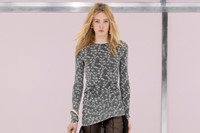Next year, Fendi turns 100. It’s not, honestly, a house that usually looks back – after all, it was helmed for 65 years by Karl Lagerfeld, once described as “the designer who destroys the past” and certainly one who resolutely refused to even glance over his shoulder at his own. The label itself has inherited Lagerfeld’s relentless onward momentum – especially as it’s an ethos shared by Kim Jones, a figure always pushing towards the next. When I see him backstage at the Fendi or Dior studio, I often ask – slightly jokingly – which collection he’s thinking about. He usually deadpans that he’s usually a couple of seasons ahead of where the rest of us are at with his research or fabric developments. His thoughts are a few years forward.
That’s both a sign of the times and of the luxury landscape of today – you can’t rest on your laurels. But also, there is a value in looking back, in many cases literally: fashion houses see their archives as rich mines of ideas to be reexamined and revived. Fendi itself recently reissued its best-selling Baguette, first introduced in 1997, which has sold out all over again. And Jones chose to open this Spring/Summer 2025 show with a selection of ethereal beaded flapper dresses in the 1920s mode, an obvious nod to Fendi’s birthday. Over the Max Richter soundtrack, Silvia Venturini Fendi and her mother, Anna Fendi, discussed Adele Fendi, their grandmother and mother respectively, and the co-founder of Fendi. “My mother was, let’s say, the energy of the house,” said Anna Fendi. She also stated that beauty, for Adele, “had almost become, since she was a child, a goal.” Three generations of women, all of whom helped shape the company. And the clothes were equally discussions between different generations, eras and mindsets.
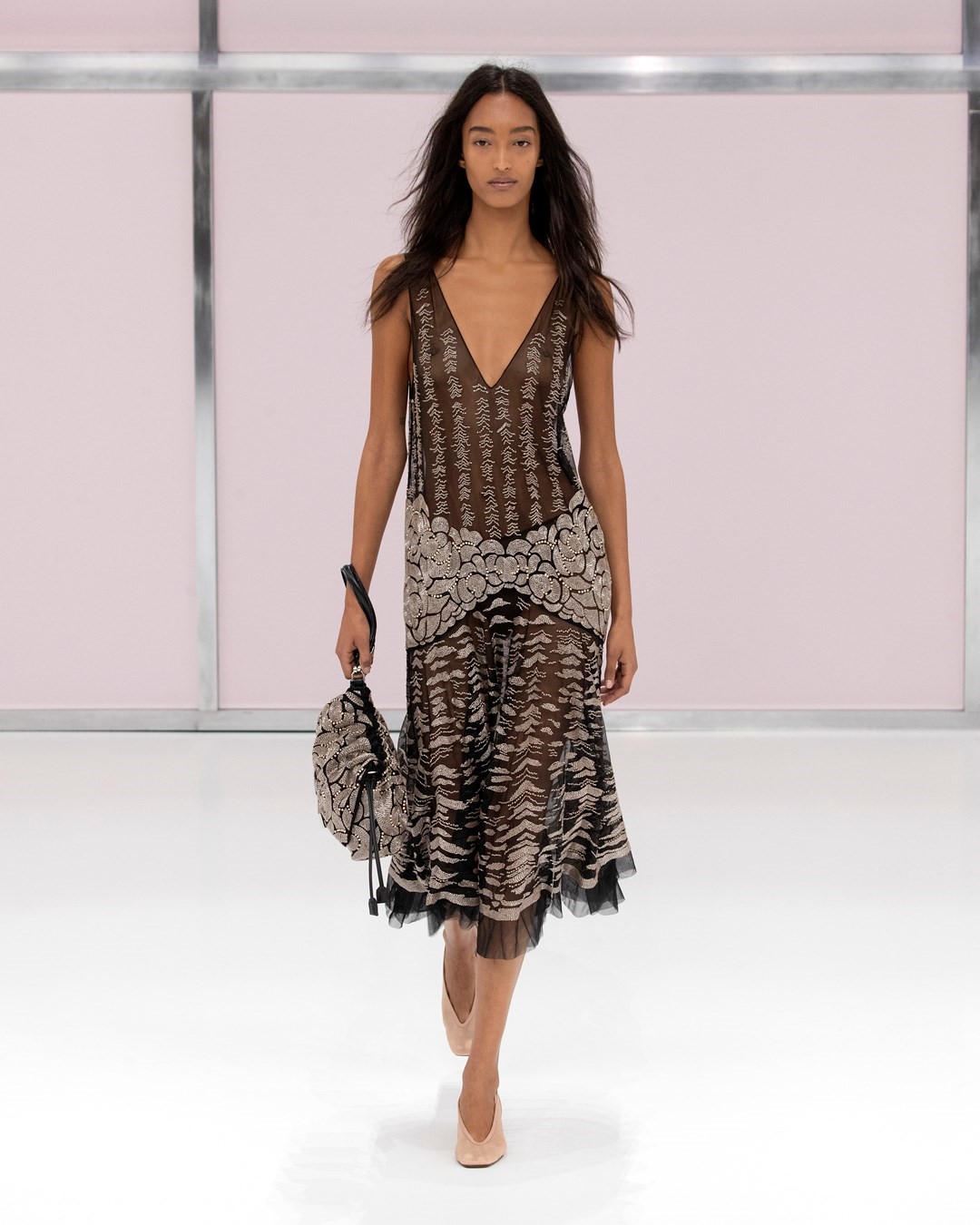
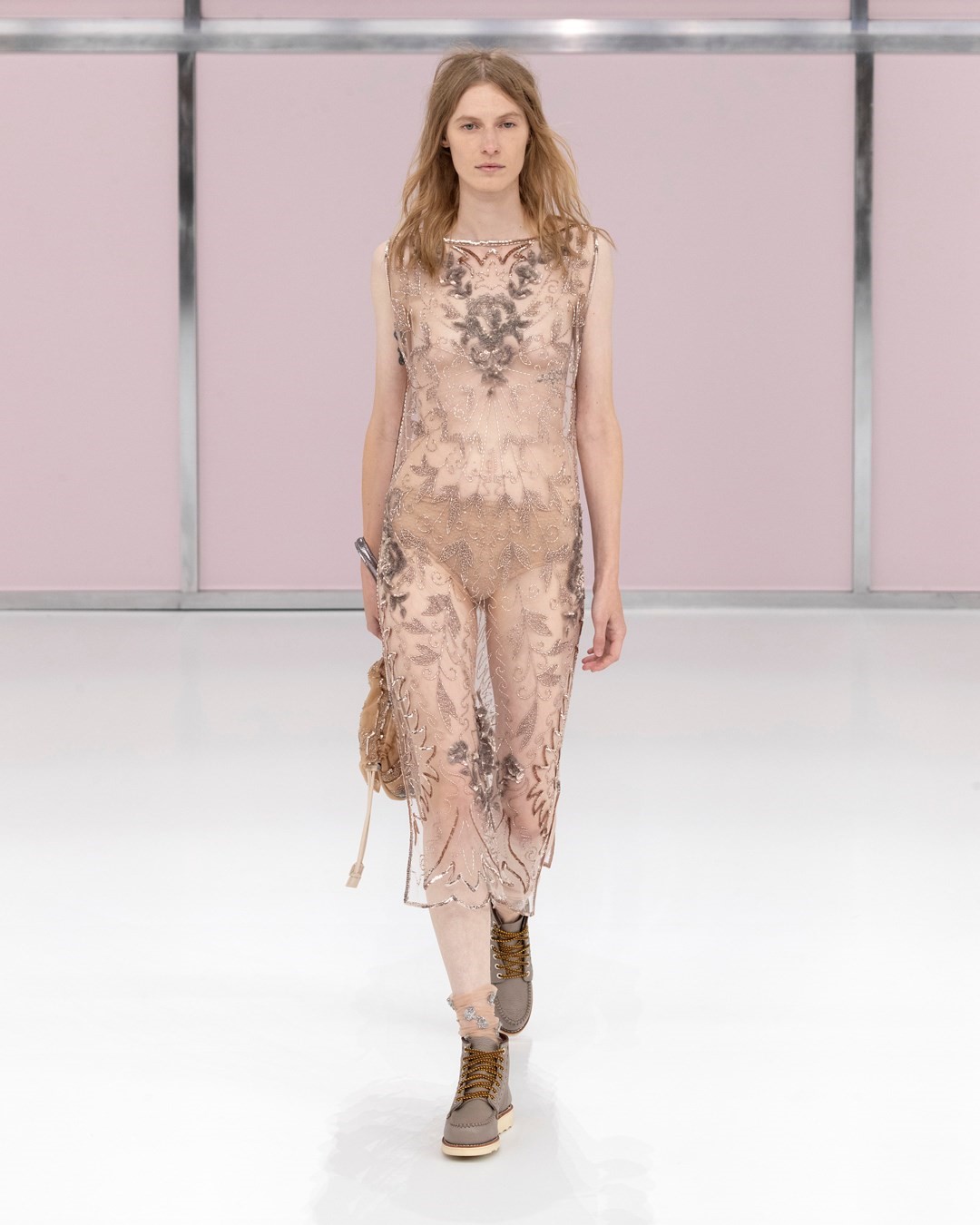
The unifying idea was freedom. The 1920s was, of course, a time when women were freer than ever before – another name for the ubiquitous flapper of the era was the Garçonne, a word that winked to the fact that young women began to demand the same kind of liberties afforded to young men. Jones’ clothes had a freedom for the wearer and for him as a designer – you don’t often see designers embroidering crystals on bunched-up socks worn with tough hiking boots under ethereal slip-dresses (the latter were a collaboration with Red Wing, a workwear based out of Minnesota, which isn’t something I ever thought I’d be writing about Milan Fashion Week). Other items seemed to be turned topsy-turvy, so a lean tulle skirt dangled shoulder straps around the knees, perhaps with the possibility of inversion into a doubled layer. Double-duty was hinted at by armfuls of handbags, sometimes two or three suspended from a larger one – namely the appropriately-monikered ‘Mamma’, the fittingly-named XL Baguette Fendi first launched in the late 1990s, dangling a couple of purses from them as if dragging her kids to school by their wrists.
So while this show connected 2025 with 1925, and pinched and pulled bits from Fendi’s intervening years, at its heart was a dialogue around the different ages of women, around what they wore and wish to wear, around how they lived and continue to live today. The lightening of fabrications, those sturdy flat boots, the easily clutched purses all spoke of women with purpose, with roles beyond the decorative. So while the past was acknowledged, it was the contemporary that was truly celebrated. This was a resolute proposal, for something for women to wear now.


